Description
BUY BK-EBDP ONLINE
Synthetic cathinones, Bk-Ebdp, were first synthesized in the late 1920s, starting with methcathinone and mephedrone. However, they did not find medical use due to their side effects. In the early 2000s, synthetic cathinones began to be sold in “head” shops and online as designer drugs, also known as research chemicals and “legal highs”.[3] Their quasi-legality and ability to substitute for traditional stimulants like cocaine or amphetamine made them popular in certain demographics. Due to a history of being falsely marketed as bath salt products, they are referred in the media as “bath salts.”
The synthesis of ephylone was first described in a patent filed by Boehringer Ingelheim in 1969. It was described alongside the synthesis of other novel central nervous system stimulants including pentylone, butylone and dibutylone. However, its pharmacological properties were not tested and it was never marketed.
The emergence of ephylone on the recreational drug market was reported in drug seizures for the first time in 2016. According to 2017 DEA reports, ephylone was the number one reported synthetic cathinone accounting for 55%, 50% and 38% of cases reported for the first three quarters of 2017, respectively.[4]
Reports about the availability and effects of ephylone began to appear in forums such as bluelight.org or drugs-forum.com by mid-2015. A 2018 report issued by the drug testing organization Energy Control found evidence indicating increasing use of ephylone as a counterfeit or adulterant for MDMA.[5]
Ephylone, or N-ethylpentylone, is a synthetic substance belonging to a group known as substituted cathinones. Substituted cathinones are derivatives of the naturally occurring substance cathinone, which is one of the psychoactive principles in khat (Catha edullis). Cathinone is composed of a phenethylamine core with an alkyl group attached to the alpha carbon, and a ketone group attached to the beta carbon.
Ephylone is a structural analog of pentylone. Pentylone’s chemical structure consists of a cathinone core substituted with a methylenedioxy ring at R3 and R4 of the phenyl ring, a propyl group at the alpha carbon, and a methyl group at the amino group. Ephylone has an identical structure with the exception of an N-ethyl alkyl substituting for the N-methyl moiety.
Very little data exists on the human pharmacokinetics and pharmacodynamics of ethylone and other substituted cathinones. Like amphetamines, synthetic cathinones exert their stimulating and sympathomimetic effects via increasing synaptic concentration of catecholamines such as dopamine, serotonin and norepinephrine. These molecules are able to inhibit monoamine reuptake transporters producing a decreased clearance of the neurotransmitters from the synapse. Furthermore, they may cause release of biogenic amines from intracellular stores.[6]
Synthetic cathinones are generally less able than amphetamines to cross the blood–brain barrier because the beta-keto group causes an increase in polarity. Unlike other synthetic cathinones, pyrrolidine derivatives have a higher ability to cross the blood–brain barrier because the pyrrolidine ring confers a low polarity to these molecules. The studies on the metabolism of synthetic cathinones have shown that they are N-demethylated, the keto group is reduced to hydroxyl and ring alkyl groups are oxidised.[7]
Bk-Ebdp is a new stimulant research chemical. It is very similar to methylone, however the potency is much greater as that of its Methylone counterpart.Ephylone or bk-EBDP is part of the chemical class called phenethylamine and is a psychoactive drug. It is used as a psychedelic, stimulant, and as an entactogen. Alexander Shulgin is considered to be the one who first synthesized it. You can also find it by its market name, Ethyl-K.
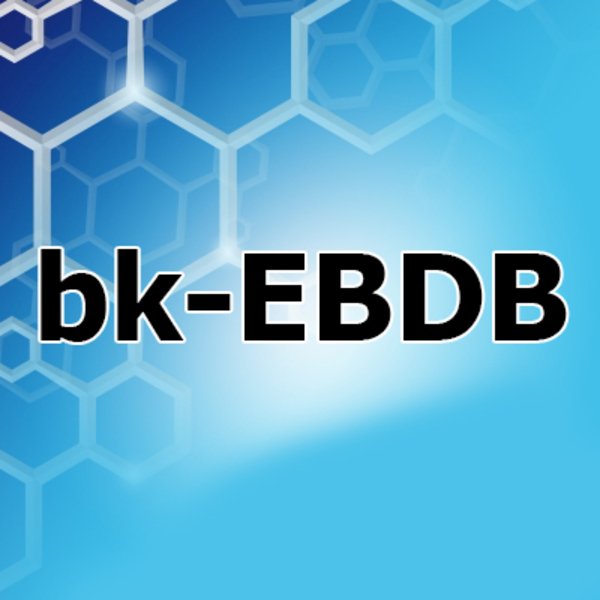



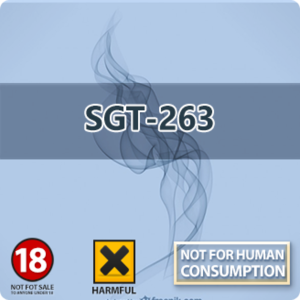


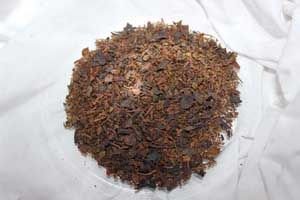
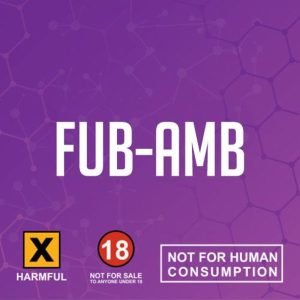

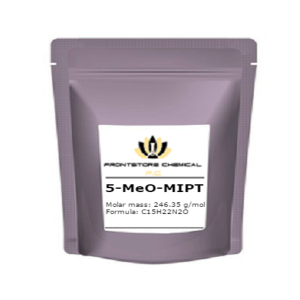
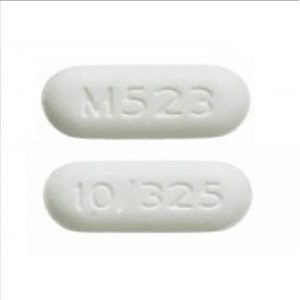

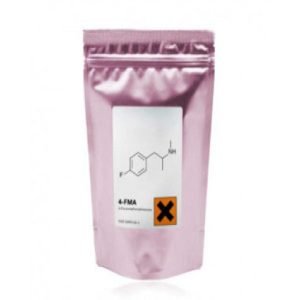
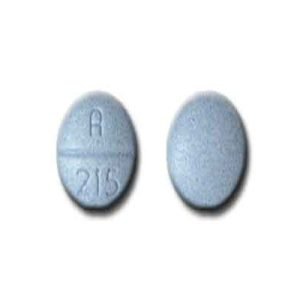
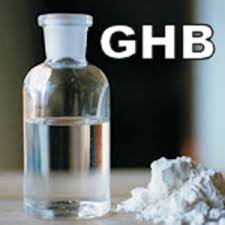


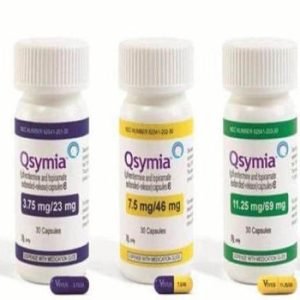
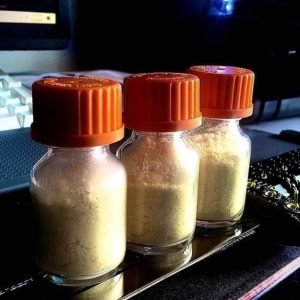
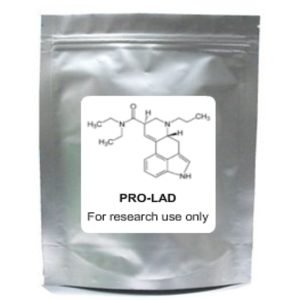






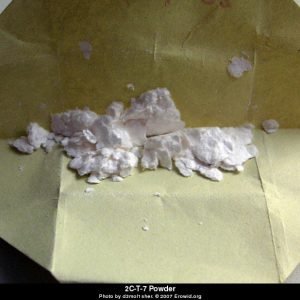



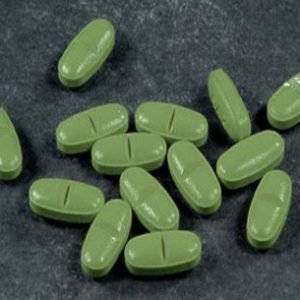


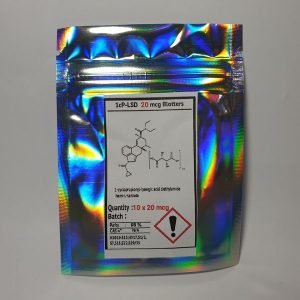
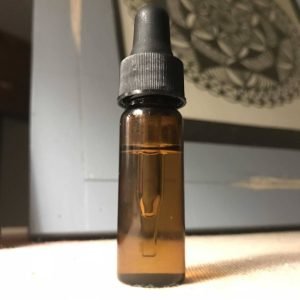



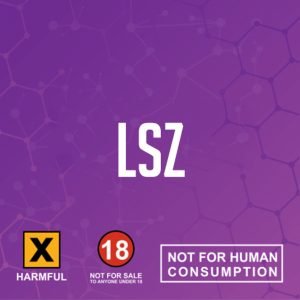

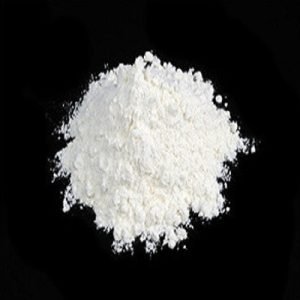

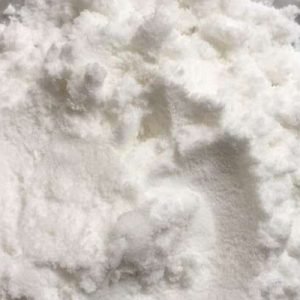

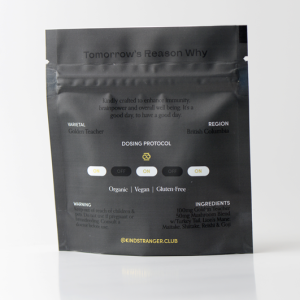


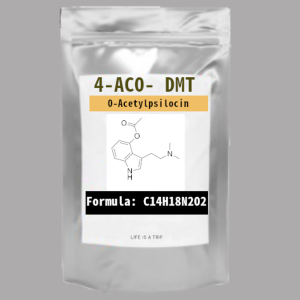
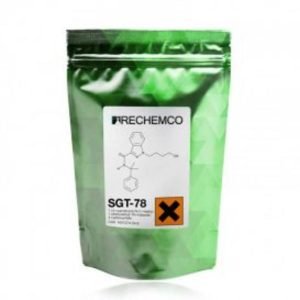


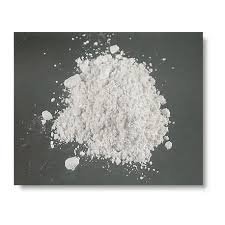
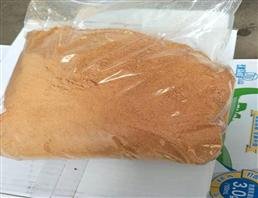
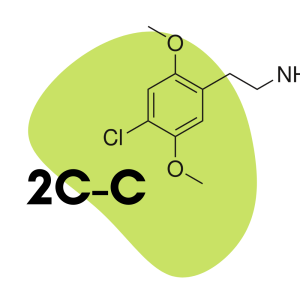


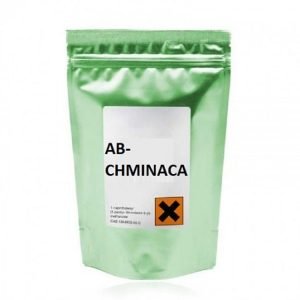
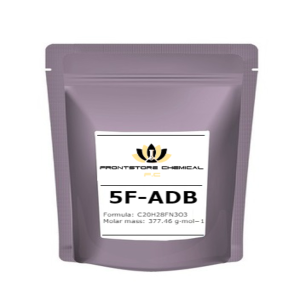
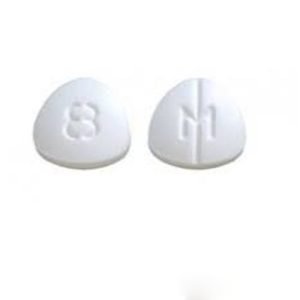
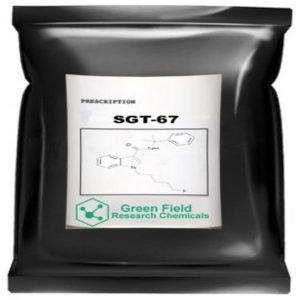
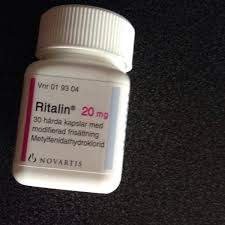

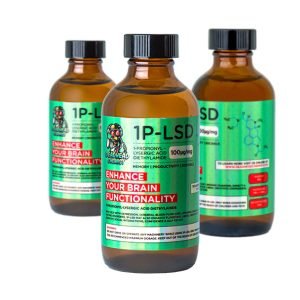
Reviews
There are no reviews yet.